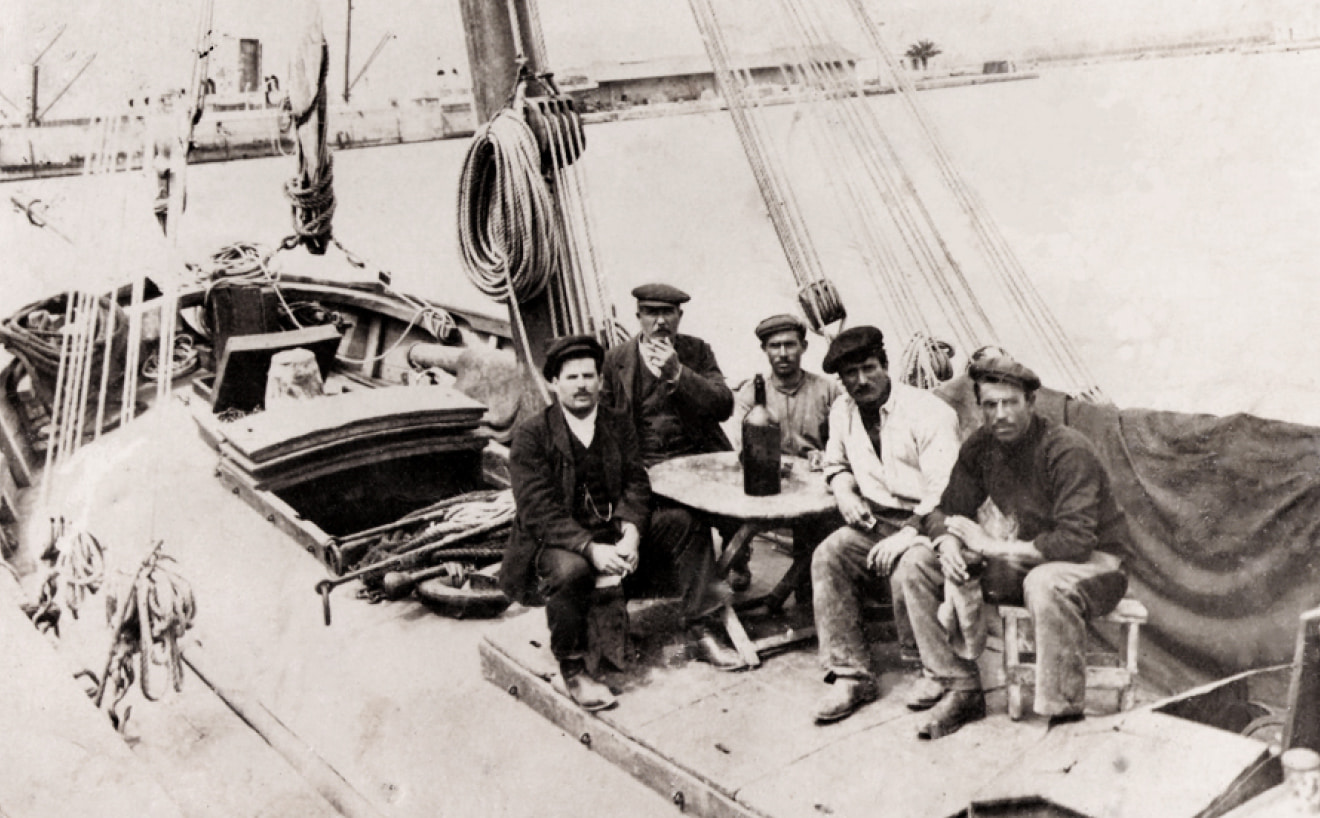As sometimes happens, history and legend mix and overlap. So what is the origin of this place name? It is necessary to go back a few millennia, to be exact, between the 8th and 7th centuries before the birth of Christ, when the island was called YNSM. This is almost certainly the first name by which the island was referred to since writing existed. It was the Phoenicians who named it so, with those four consonants (without vowels because they do not exist in Semitic languages) pronounced inosim, which translates as ‘Island of the Sparrowhawks’. The name was given because of the numerous hawks that inhabited the island at the time. This first toponym was found in the inscriptions of two tablets, the first found in Cagliari in 1877 and the second found shortly after in Carthage. But, as someone wrote, place names are like spring water, which initially tastes like the rock from which it springs, but gradually acquires the flavour of the land it flows through. Thus for Pliny the Elder, the name of the island, referring to Phoenician terminology, became Enosis. Perhaps more relevant and correct was the name given by the great astronomer and geographer Ptolemy, who translated it perfectly from the Phoenician YNSM into the Hellenic “Hieracon nesos”, which in Greek has the same meaning as “Island of the Sparrowhawks”. The Latins also followed suit, for whom the island became ‘Accipitrum insula’. And here we stop, because more or less from the fall of the Roman Empire and for all the “dark centuries” that followed there is no news about the island and at least about its name. At least until around 1050, when a document relating to the events of the Pisan presence in Sardinia states that a fleet stopped “…at the island of Falconi, now called San Pietro”. This document, written in the earliest vernacular, is certainly interesting because it contains not only the ancient name of the island, translated from Latin into Italian, but also its new name. The naming of the island after the Apostle Peter was definitively established in the “Compasso de navegare”, the first pilot book written in the vernacular and dated between 1250 and 1265, where the island is referred to many times as “Sancto Pietro” and sometimes as “San Pedro” in Spanish.
Leaving aside the legends, because they are legends, where did this new name come from after the Phoenicians, Greeks and Romans had always called it the same thing in their own language for centuries? We do not know and perhaps we will never know. It is something of a mystery. However, some scholars have recently formulated a hypothesis on the origin of the ‘modern’ name, and it is to be found in the assonance of accipitrum with Pietro, which during the dark centuries, due to those processes that always remain unknown or at least inexplicable, favoured the transformation into ‘Isola di San Pietro’. Perhaps the idea might hold water, but toponymy is a treacherous terrain for the research linguist. So, beyond the stories and conjectures, the enigma of the origin of the name remains. This is the first of the many mysteries surrounding the island and its history.



